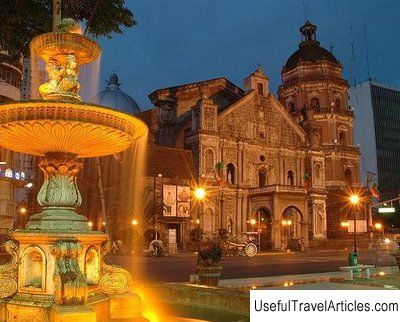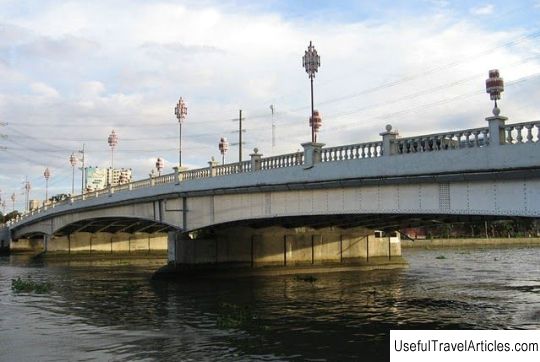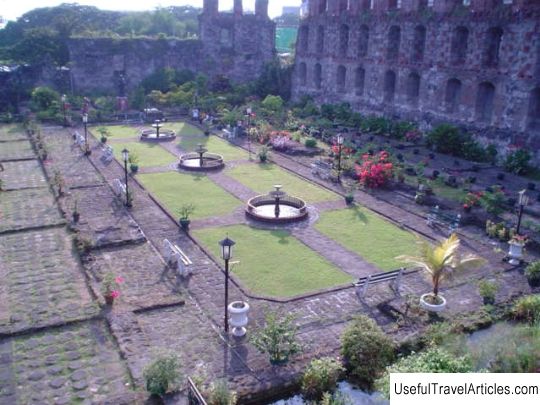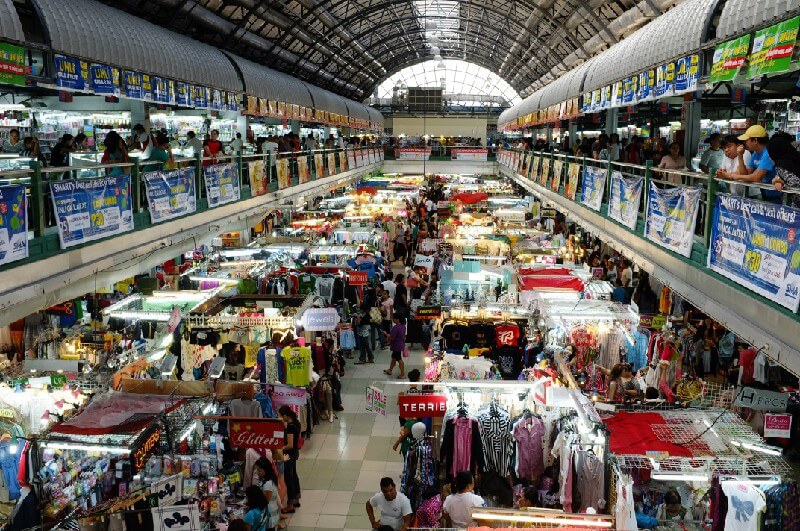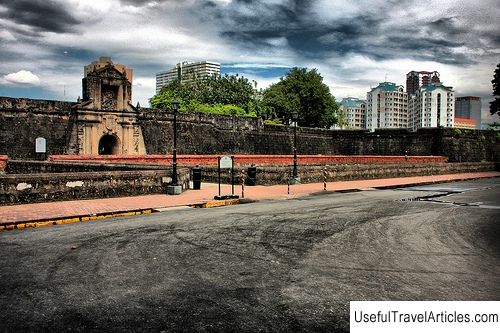Binondo description and photos - Philippines: Manila
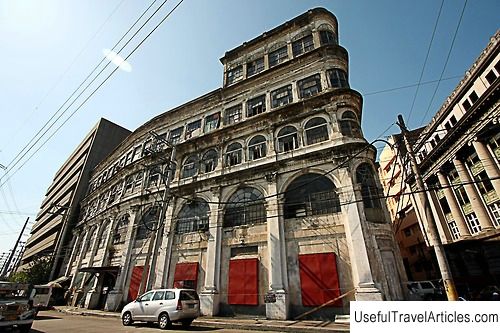
Binondo description and photos - Philippines: Manila. Detailed information about the attraction. Description, photographs and a map showing the nearest significant objects. The title in English is Binondo. Photo and descriptionBinondo is a predominantly Chinese area of Manila. The Manila Chinatown is located here - the oldest in the world, founded in 1594. Historically, Binondo was the area where the Spaniards allowed newly converted Chinese immigrant Christians, their wives and mixed-breed descendants to settle. Likewise, Parian, an area near the ancient Intramuros area, was the place where the Spanish settled Chinese immigrants who had not converted to the Christian faith. And the name "Binondo" comes from the Filipino word "binundok", which means "backwater." Located on the opposite bank of the Pasig River from Intramuros, Binondo is a typical example of a small Chinese city. The people of Manila call it Chinatown. This area is the center of commerce and trade, led by people from the Middle Kingdom. It is interesting that even before the arrival of the Spaniards in these places in 1521, Binondo was already a kind of "heart" of Chinese trade in the Pacific region. Binondo is also considered the historical center of the Sangli mestizos - descendants of the Chinese and indigenous people of the Philippines - and their culture. Such a mestizo was Lorenzo Ruiz, who became the first Filipino saint to be canonized by the Catholic Church. The square and the Binondo Church, also known as the Little Basilica of St. Lorenzo Ruiz, bear his name. Another sangli - the Reverend Mother Ignacia del Espirito Santo - founded the Community of the Believers of the Virgin Mary in the Philippines. In 1603, a Chinese uprising took place in Binondo, led by Huang Santei, a wealthy Chinese who converted to Catholicism. It began immediately after a visit to Manila by three Chinese officials who said they were going to look for gold deposits. Such a strange goal of the delegation prompted the Spaniards to think about a possible imminent invasion from China. In those years, the Chinese population of Manila significantly exceeded the Spanish, and the Spaniards were afraid that, in the event of an invasion, the Chinese would go over to their side. The uprising was brutally suppressed by the army of the Spaniards led by Luis Perez Dasmarinas. Subsequently, most of the 20,000 Chinese rebels were killed. During the short British occupation of Manila from 1762 to 1764, Binondo was subjected to massive shelling several times, which resulted in the destruction of a number of ancient buildings. Before World War II, Binondo was the center of banking and financial operations, with offices of insurance companies, commercial banks and other financial institutions from Britain and the United States. The banks were located on the so-called "Philippine Wall Street" - Escolta Street. And after the war, the offices of large corporations began to move to a new area of Manila - Makati. Today the land in Binondo is considered one of the most expensive in the country.        We also recommend reading Mahsuri's Tomb description and photos - Malaysia: Langkawi Island Topic: Binondo description and photos - Philippines: Manila. |
